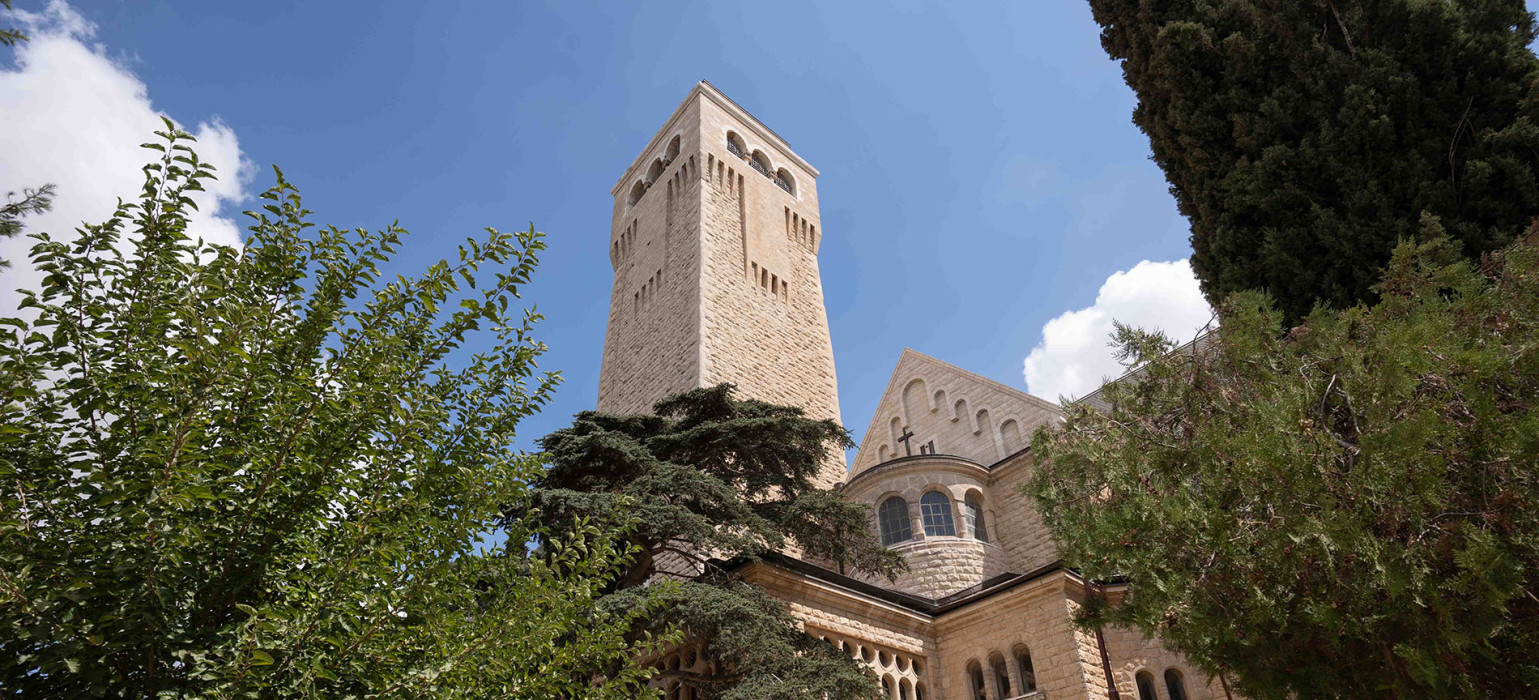
History
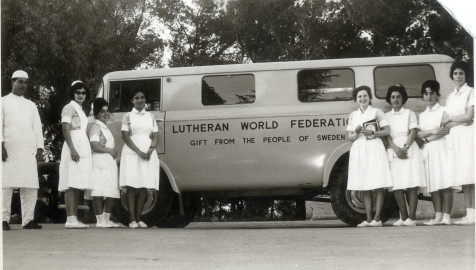
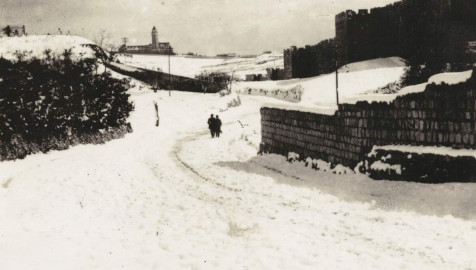
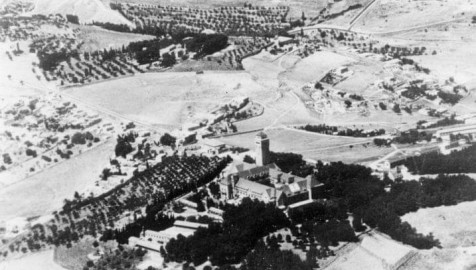
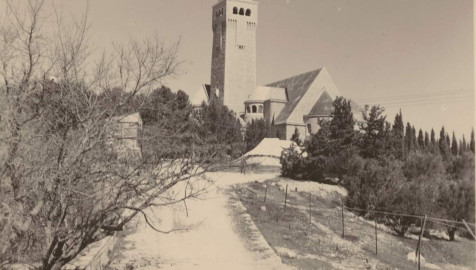
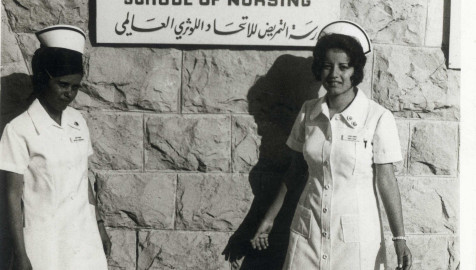
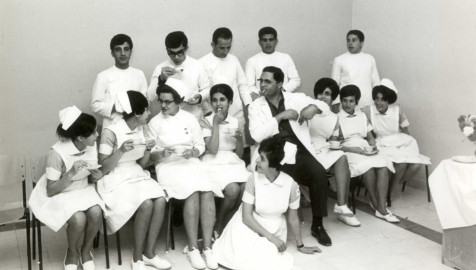
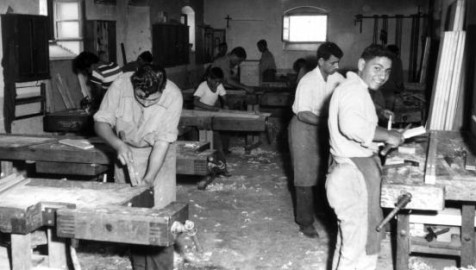
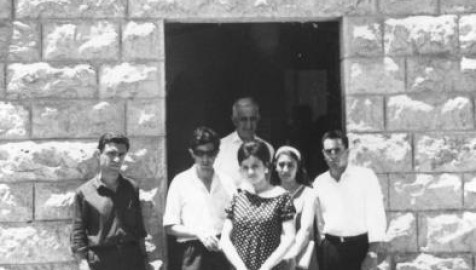
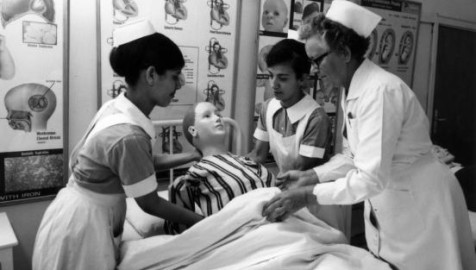
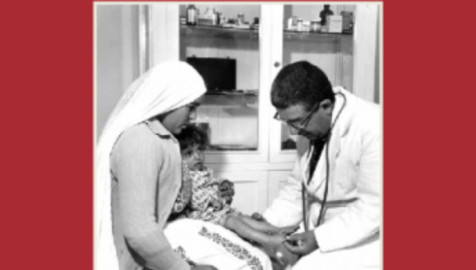
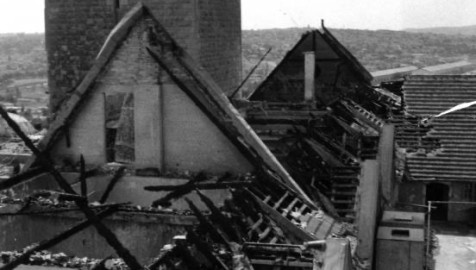
Over the years, the hospital continued to provide services to all Palestinian people while preserving ancient Arab Palestinian history at the top of the Mount of Olives and in the heart of the city of Jerusalem.
The hospital witnessed many significant historical events in its halls, such as the signing of the Transjordan Emirate Agreement, as well as many other notable events in the history of the city of Jerusalem.
The hospital’s administrators were able to maintain the antiquity of this place. In addition to preserving its ancient and giant bells that were made in Germany and facilitating their transport from Jaffa's port to Jerusalem, introducing high-quality medical care as part of modern medicine did not compromise the maintenance of such valuable heritage. While the departments within the hospital are very modern, the mosaic flooring is preserved, which gives this place a touch of elegance and uniqueness.
Over the course of the last 73 years, the hospital has been occupying a large part of the sacred Palestinian land, striving to offer a specialized therapeutic and educational campus for all patients. The hospital aspires to increase the number of beds, medical and diagnostic facilities, and medical and scientific research in order to make the hospital a Palestinian hub for educational and medical activities within the city of Jerusalem. AVH demonstrates our existence and strengthens our resistance in Jerusalem, in addition to promoting the historical and natural bond between Jerusalem, the West Bank, and Gaza Strip.
